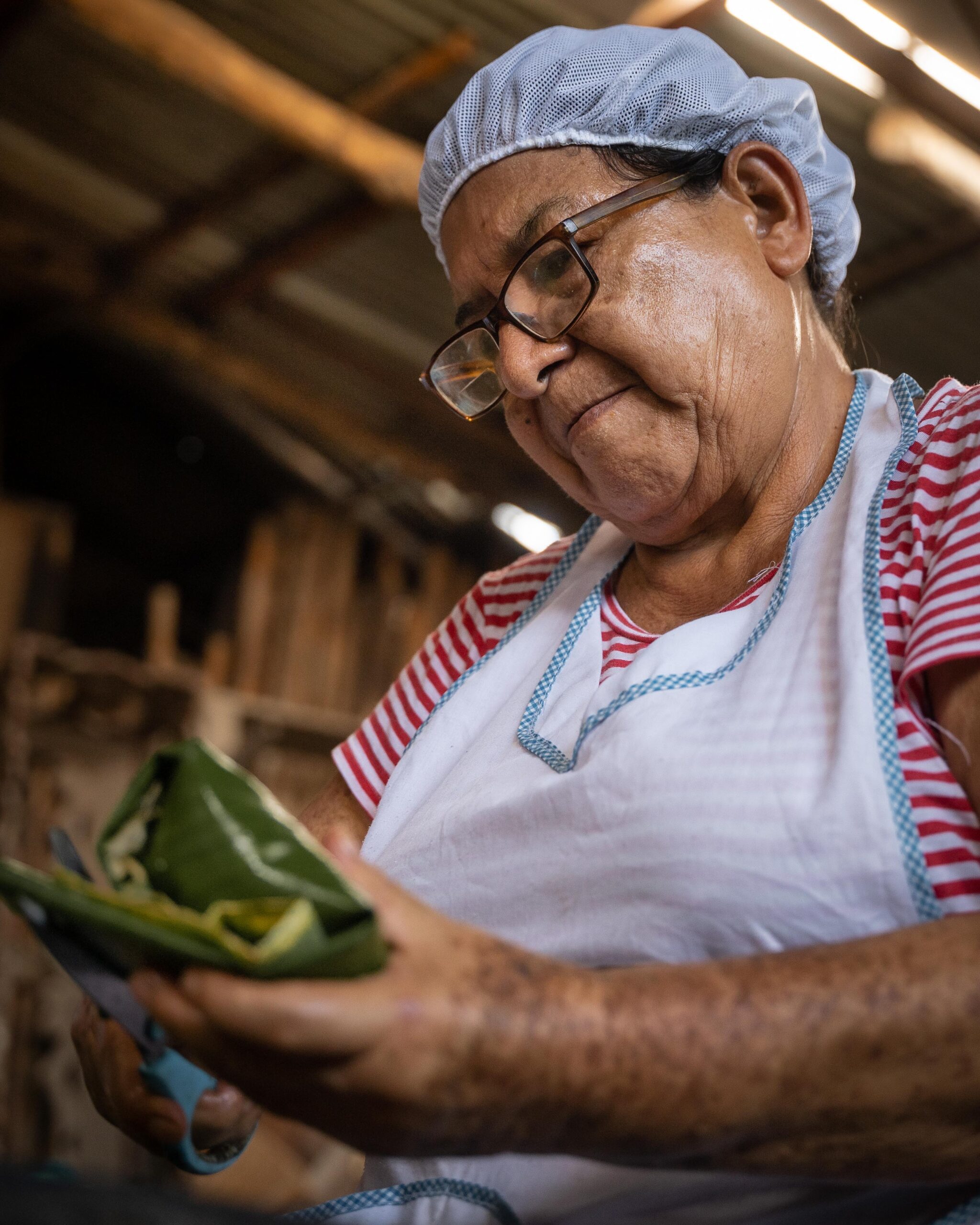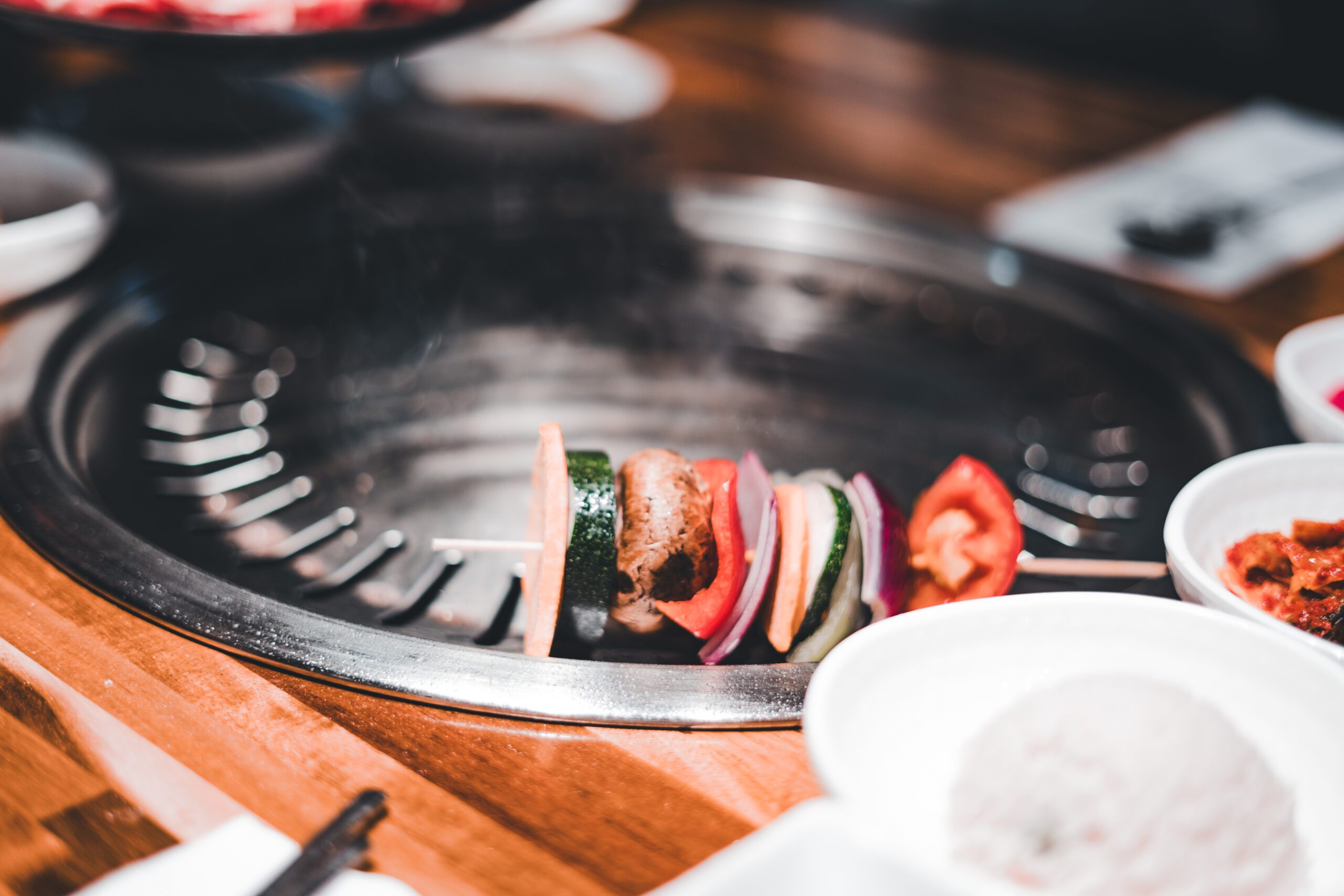If you’ve ever come across nopal pads in the grocery store or your garden, you’ve probably marveled at their vibrant green color and intriguing texture. However, those pesky thorns can be quite intimidating and may deter you from trying to cook with these delicious cactus pads. Fear not! In this article, we will guide you through some simple and effective methods to safely remove thorns from nopal pads before you embark on your culinary adventure. Say goodbye to prickly encounters and hello to a hassle-free cooking experience!
Overview
If you’re a fan of Mexican cuisine, you’re probably familiar with nopal pads, also known as prickly pear cactus pads. These green and succulent pads are packed with nutrients and offer a unique texture and taste to your dishes. However, before you can enjoy their deliciousness, you need to remove the thorns that can cause discomfort and get in the way of your culinary adventure. Luckily, there are several tools and materials available, including tweezers, kitchen gloves, a kitchen towel, and a knife, that can help you remove those pesky thorns. In this article, we will guide you through the various methods and precautions to ensure a thorn-free cooking experience.
Tools and Materials for Removing Thorns
Tweezers
One of the simplest and most effective tools for removing thorns from nopal pads is a pair of tweezers. These fine-pointed tools allow you to have a precise grip on the thorns, making it easier to pluck them out without causing damage to the pad.
Kitchen Gloves
If you prefer a more hands-on approach, kitchen gloves can provide excellent protection while removing thorns. They act as a barrier between your hands and the prickly pads, minimizing the risk of injury. Additionally, kitchen gloves offer a better grip, which helps in maneuvering the nopal pads while removing the thorns.
Kitchen Towel
A kitchen towel can be a handy alternative to gloves, especially if you don’t have access to them. By wrapping the nopal pad in a towel, you can create a buffer between your hands and the prickly thorns. Furthermore, the towel absorbs any moisture or sap from the pad, preventing it from coming into contact with your skin.
Knife
Although a knife might not be an obvious choice for removing thorns, it can be useful in certain situations. If the thorns are deeply embedded or you need to trim the edges of the nopal pad, a sharp knife can help you achieve a clean and precise cut. However, caution must be exercised while using a knife to avoid any accidents.

Preparation
Before diving into the methods of removing thorns, a little preparation is necessary to ensure a smooth process.
Choose Fresh Nopal Pads
Selecting fresh nopal pads is essential for both taste and ease of thorn removal. Look for pads that are vibrant green, firm, and free from any signs of spoilage. Fresh pads are more pliable, making it easier to remove thorns without damaging the delicate flesh.
Clean the Nopal Pads
Before handling the nopal pads, it’s essential to give them a thorough cleaning. Rinse the pads under cold water to remove any dirt, debris, or residual sap. Gently scrub the surface with a vegetable brush to ensure a clean and hygienic cooking ingredient.
Method 1: Tweezers
If precision is what you’re after, using tweezers is the way to go.
Inspect the Nopal Pads for Thorns
Carefully examine each nopal pad for thorns. Typically, the thorns are concentrated along the edges of the pad, with some scattered across the flat surface. Take your time to identify all the thorns and determine the best approach for removal.
Use Tweezers to Remove Thorns
With the thorns identified, gently grip each thorn near its base using the tweezers. Apply a steady and even pressure as you pull the thorn out in the direction of its growth. Take care not to dig too deep or pull too hard, as this can damage the pad. Repeat this process for all the thorns until the pad is completely free from thorns.

Method 2: Kitchen Gloves
For those who prefer a more hands-on approach, kitchen gloves offer a practical solution for thorn removal.
Put on Kitchen Gloves
Before handling the nopal pads, put on a pair of kitchen gloves to protect your hands from the thorns. Make sure the gloves fit snugly to ensure a secure grip.
Hold the Nopal Pad with Gloves
With the gloves on, hold the nopal pad firmly, ensuring a good grip. Apply gentle pressure with your thumb and fingers to flatten the pad and expose the thorns for easier removal.
Peel the Thorns Off
Using your fingers or thumbs, peel off the thorns from the pad. Start from the outer edges, working your way towards the center. Take your time and be careful not to tear the pad or leave any thorn remnants behind. Once all the thorns have been removed, discard them properly and proceed with your cooking preparations.
Method 3: Kitchen Towel
If you don’t have access to gloves but still want to protect your hands, a kitchen towel can be a suitable alternative.
Wrap the Nopal Pad in a Towel
Take a clean kitchen towel and wrap it around the nopal pad. Ensure that the pad is completely covered by the towel, creating a protective layer that prevents the thorns from coming into contact with your hands.
Hold the Nopal Pad Firmly
With the towel-wrapped nopal pad in hand, grip it firmly to stabilize it. By having a secure hold on the pad, you can exert the necessary pressure to remove the thorns effectively.
Rub the Thorns Off
Using the towel as a barrier, rub the nopal pad gently to remove the thorns. Apply steady pressure while moving your hand in a circular motion, focusing on the edges and flat surface of the pad. Continue rubbing until all visible thorns have been dislodged.

Method 4: Knife
In certain situations, using a knife can aid in thorn removal, particularly if they are deeply embedded or if you need to trim the edges of the nopal pad.
Trim the Edges of the Nopal Pad
If the edges of the nopal pad have numerous thorns, it may be easier to trim them off using a sharp knife. Carefully slice off the outer edges of the pad, ensuring that all the thorns are removed along with the excess layers.
Slice Off the Thorns
For thorns that are deeply embedded or hard to remove by other methods, a knife can be used to slice them off individually. Hold the pad securely and make precise cuts as close to the thorn base as possible. Exercise caution to avoid any slip-ups that may result in injury.
Cautionary Tips
While removing thorns from nopal pads, it’s essential to take certain precautions to ensure your safety and minimize the risk of injury.
Handle with Care
Always handle nopal pads with care, regardless of the method you choose. The thorns can be sharp and prickly, so it’s important to be gentle to avoid any accidental injuries.
Avoid Overhandling the Nopal Pads
Excessive handling of the nopal pads may cause bruising or damage to the delicate flesh. Unless necessary, limit the amount of touching and squeezing to preserve the quality and taste of the pads.
Keep First Aid Supplies Handy
Although the methods described above aim to minimize the risk of injury, accidents can still happen. Keep a first aid kit nearby with essentials such as band-aids, antiseptic, and gauze in case of any mishaps.
Storage and Preservation
Once you have successfully removed the thorns from the nopal pads, it’s important to store them properly to maintain their freshness.
Store Cleaned Nopal Pads
Place the cleaned nopal pads in a clean container or plastic bag and store them in the refrigerator at a temperature below 40°F (4°C). Proper storage helps to maintain the quality and texture of the pads until you’re ready to cook with them.
Preserve Nopal Pads for Longer Duration
If you have an abundance of nopal pads, you can take steps to preserve them for longer periods. One method is to blanch the pads briefly in boiling water, followed by an ice bath to stop the cooking process. Once cooled, pack the blanched pads in freezer-safe bags or containers and store them in the freezer for later use. This method helps to retain the flavor and nutritional value of the pads for an extended time.
Conclusion
Removing thorns from nopal pads doesn’t have to be a daunting task anymore. With the right tools and techniques, you can easily and safely remove those prickly nuisances, allowing you to fully enjoy the culinary wonders of nopal pads in your favorite dishes. Whether you opt for tweezers, kitchen gloves, a kitchen towel, or a knife, following the outlined methods and taking necessary precautions ensures a pleasant and thorn-free cooking experience. So go ahead, embrace the deliciousness of nopal pads, and let nothing stand in your way!

